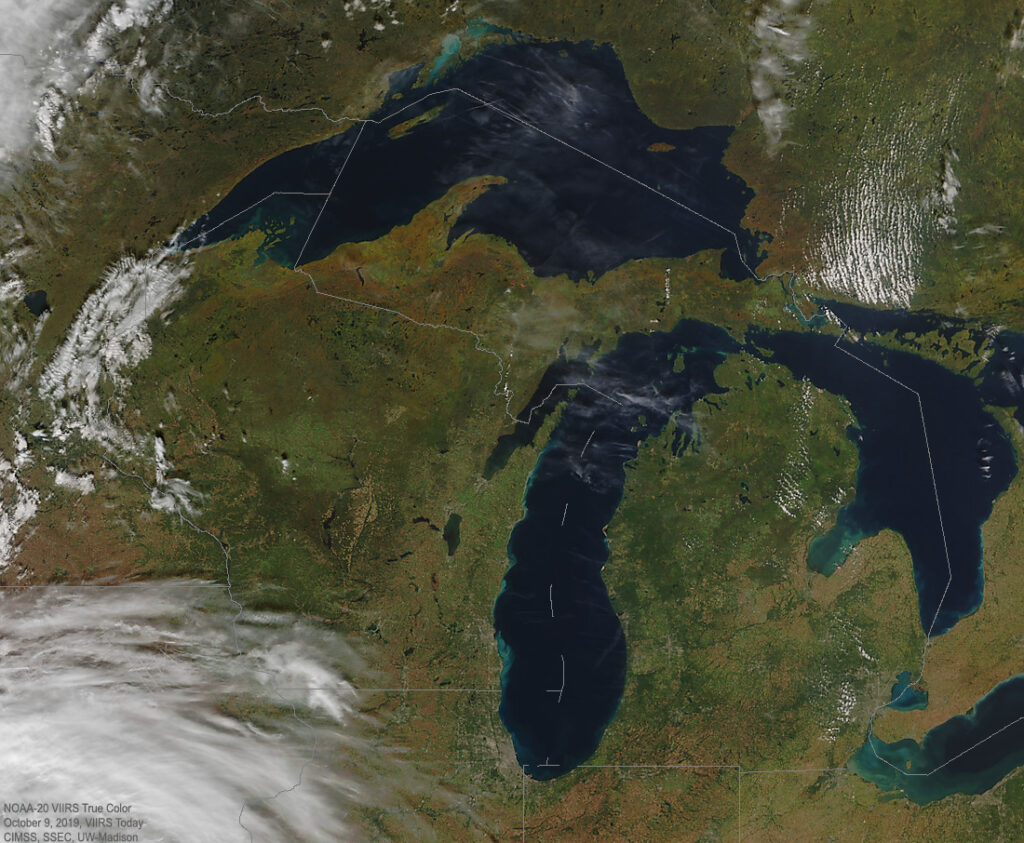The changes are subtle but apparent to the keen observer at this time of year — the first changes of color on trees, the earlier sunset and the rapid temperature drop that follows.
Summer is ending and fall is taking its place. This fact is formalized at 2:20 p.m. Wednesday when the autumnal equinox occurs.
This is, of course, the time when the Earth enjoys equal amounts of day and night for the first time in six months. Every day after Wednesday here in the Northern Hemisphere will have a longer night than day with the difference reaching its maximum just before Christmas on the day of the winter solstice at 10:59 a.m. on Dec. 21.
In fact, at the North Pole, the sun will set on Tuesday night and not rise again until late March. The extinction of daylight at the North Pole and its shortening everywhere else in the hemisphere has consequences that are inescapable — the air gets colder with each passing day at high latitude and then begins to creep slowly southward throughout the fall.
Here in Wisconsin, we are less and less susceptible to the invasion of warm and humid tropical air masses. With less water vapor in the air, even pleasant sunny days are crisper and nighttime cooling occurs more rapidly after sunset because water vapor is a potent greenhouse gas. The fraction of our precipitation that comes from more energetic and well-organized storms will also increase, taking over from summertime’s thunderstorms.
It is a beautiful and exciting time of year, and the cosmological stage is officially set on Wednesday.
Steve Ackerman and Jonathan Martin, professors in the UW-Madison department of atmospheric and oceanic sciences, are guests on WHA radio (970 AM) at 11:45 a.m. the last Monday of each month. Send them your questions at stevea@ssec.wisc.edu or jemarti1@wisc.edu.


